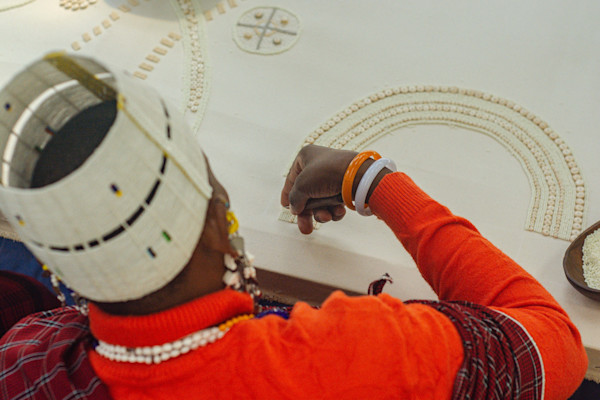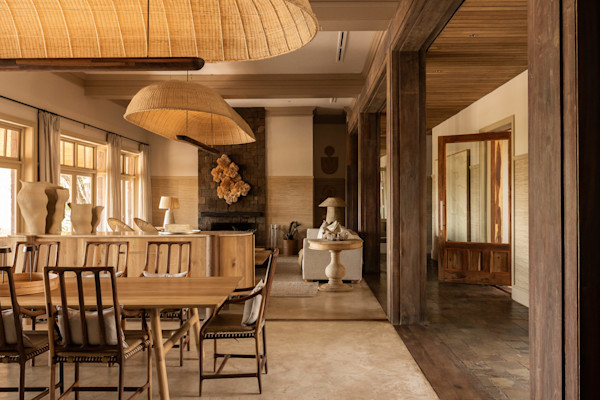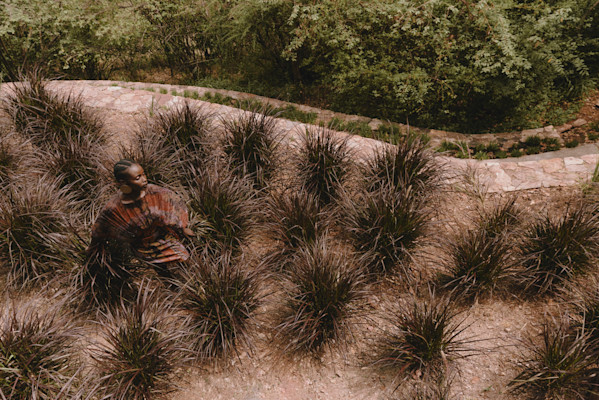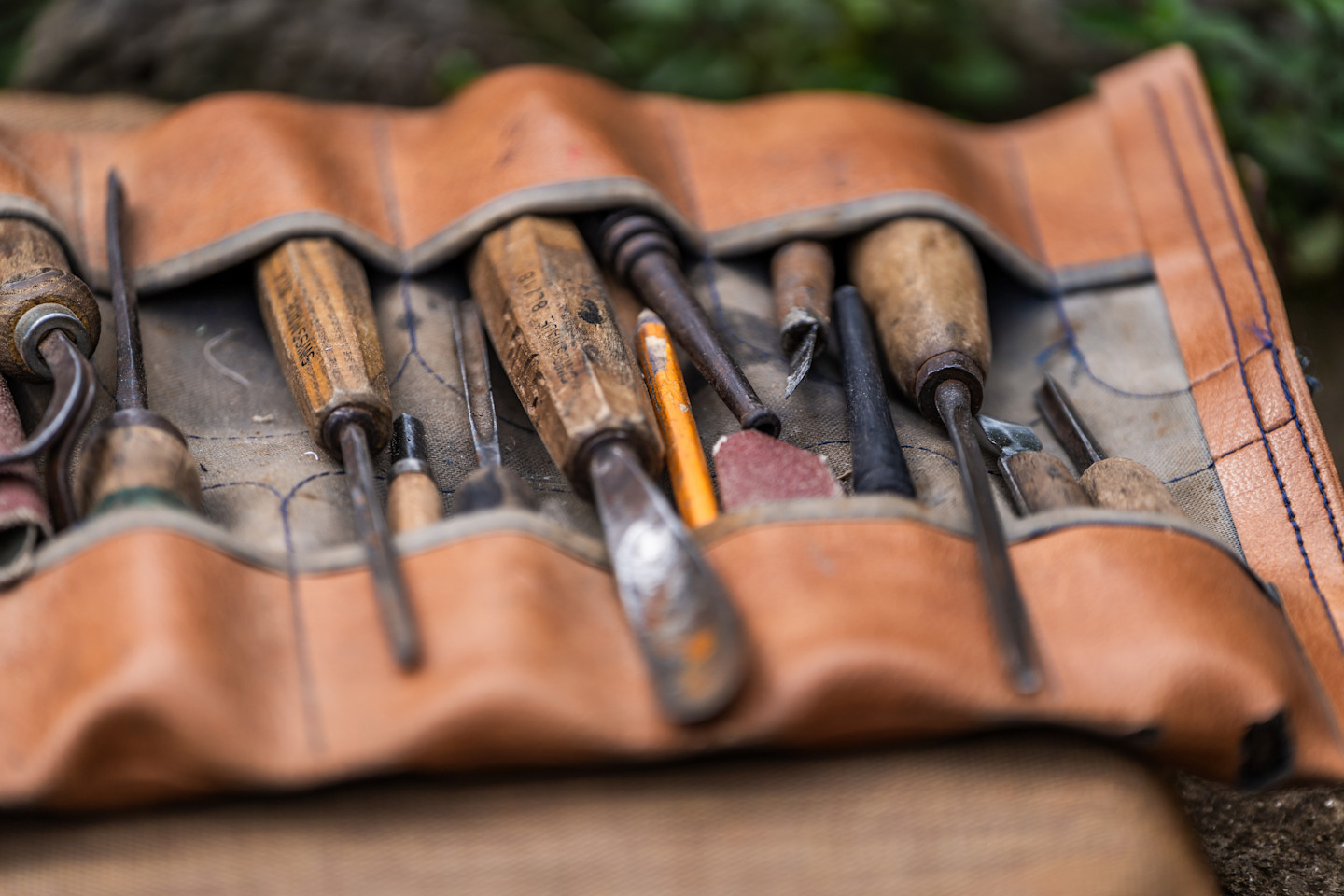
March 2024
Design
Community
Guest Blog: Donah Mbabazi meets Theodore Kagame, an artisan keeping Rwandan craft alive
in DesignShare:
Guest Blog: Donah Mbabazi meets Theodore Kagame, an artisan keeping Rwandan craft alive
Donah Mbabazi is a writer and journalist based in Kigali, Rwanda. A former reporter at Rwanda’s The New Times, she has been writing and editing for almost 10 years and most enjoys working on pieces that explore topics like travel, interior design and stories of personal transformation.
Donah recently visited Singita Volcanoes National Park where she met with various local artisans and craftspeople to delve into the role their Rwandan heritage plays in the creation of their designs (from ceramics to carving and clothing design). Master woodworker Theodore Kagame, who creates and shares his beautifully carved pieces at the on-site Akarabo Nursery, weaves elements of his culture into every piece he makes.
He explains that while some of the tools that were common in the 'ancient kitchen' of Rwanda are no longer used in modern life, they still carry so much significance in terms of heritage. Over time these household items – such as Isekuro (mortar and pestle), and Imbehe (wooden plates) that often had a deep curve at the centre – have become hard to find, but he is determined to sculpt them to accurately reflect their roots and keep the tradition alive.
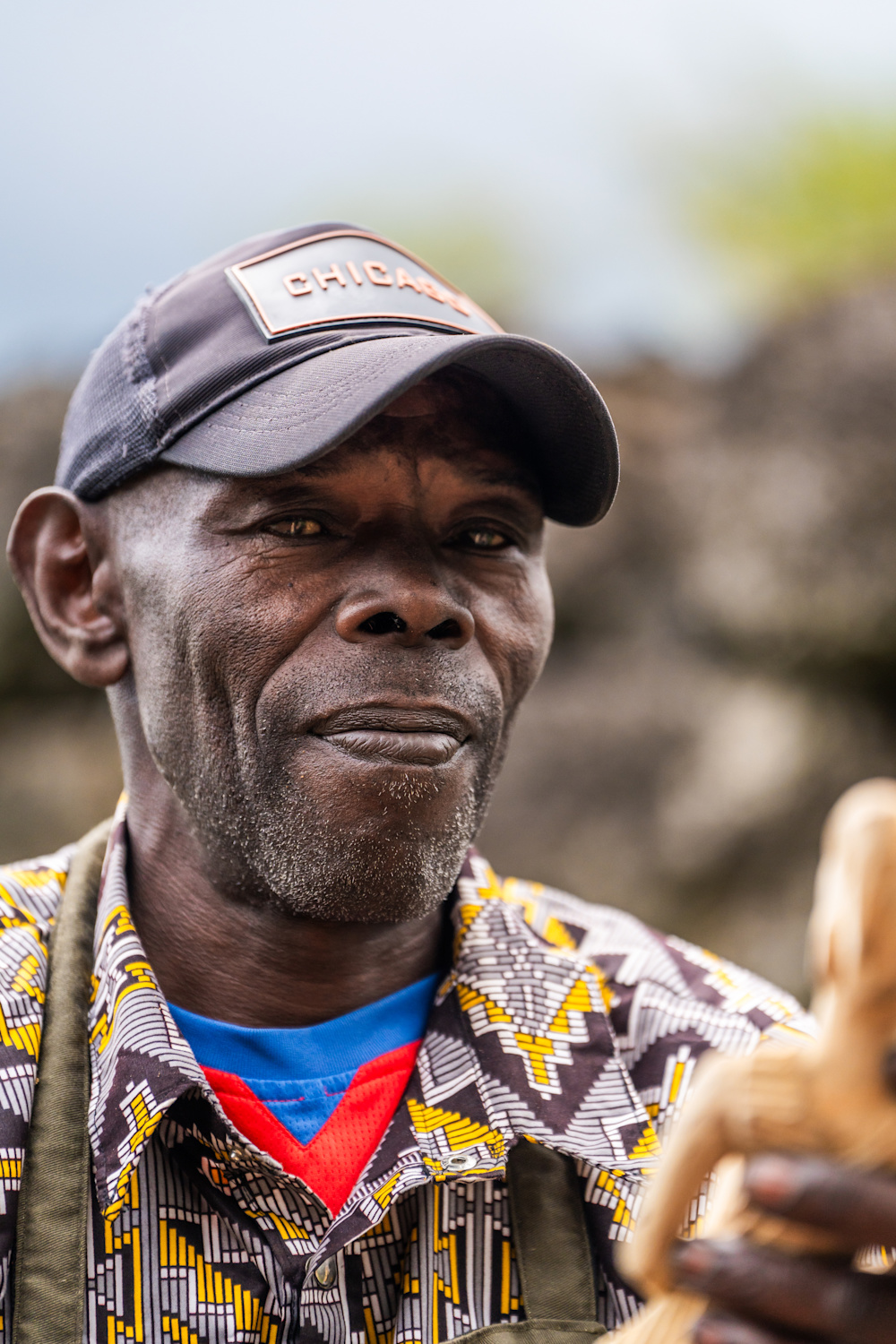
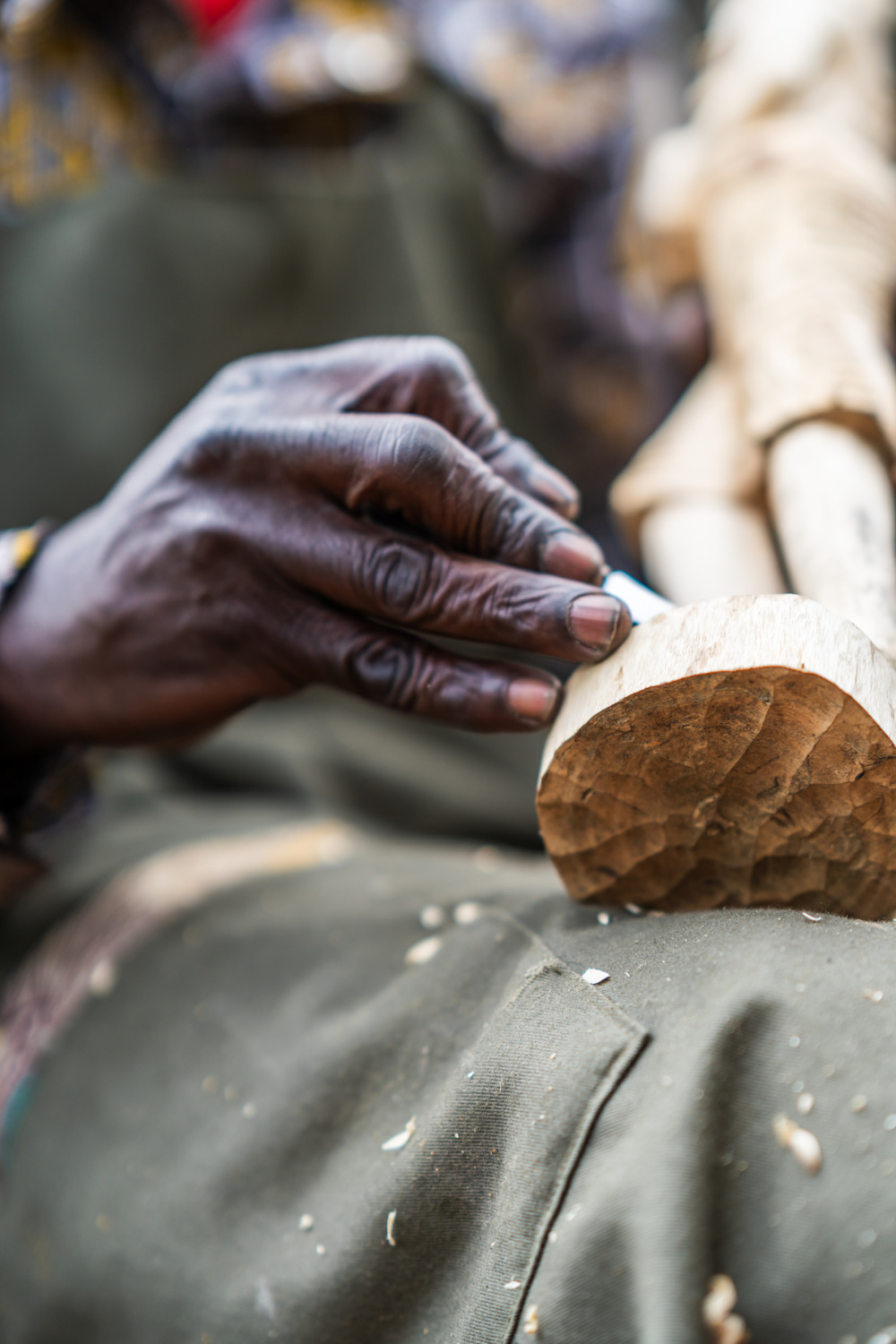
Rwandan craftsman Theodore Kagame believes keeping traditional skills alive is an important way to preserve his culture
Keeping folklore alive through art
“For example, the mortar and pestle, as well as ubumamiro (stirring spoons) that were used while cooking, and imidaho (serving spoons). We create them according to the ancient style so that we can help to preserve our culture,” he says. These were all once everyday cultural items that are becoming less and less common. “We craft them such that if the younger generation asks, we are able to explain to them what the tools are and how to use them,” he says.
For 18 years Kagame has devoted his time to crafting these and many other items out of wood, and at 43 his hands are rough from years of carving wood and spending hours cutting and chiselling timber. Aside from functional pieces, he crafts decorative items – inspired by both human and animal forms.

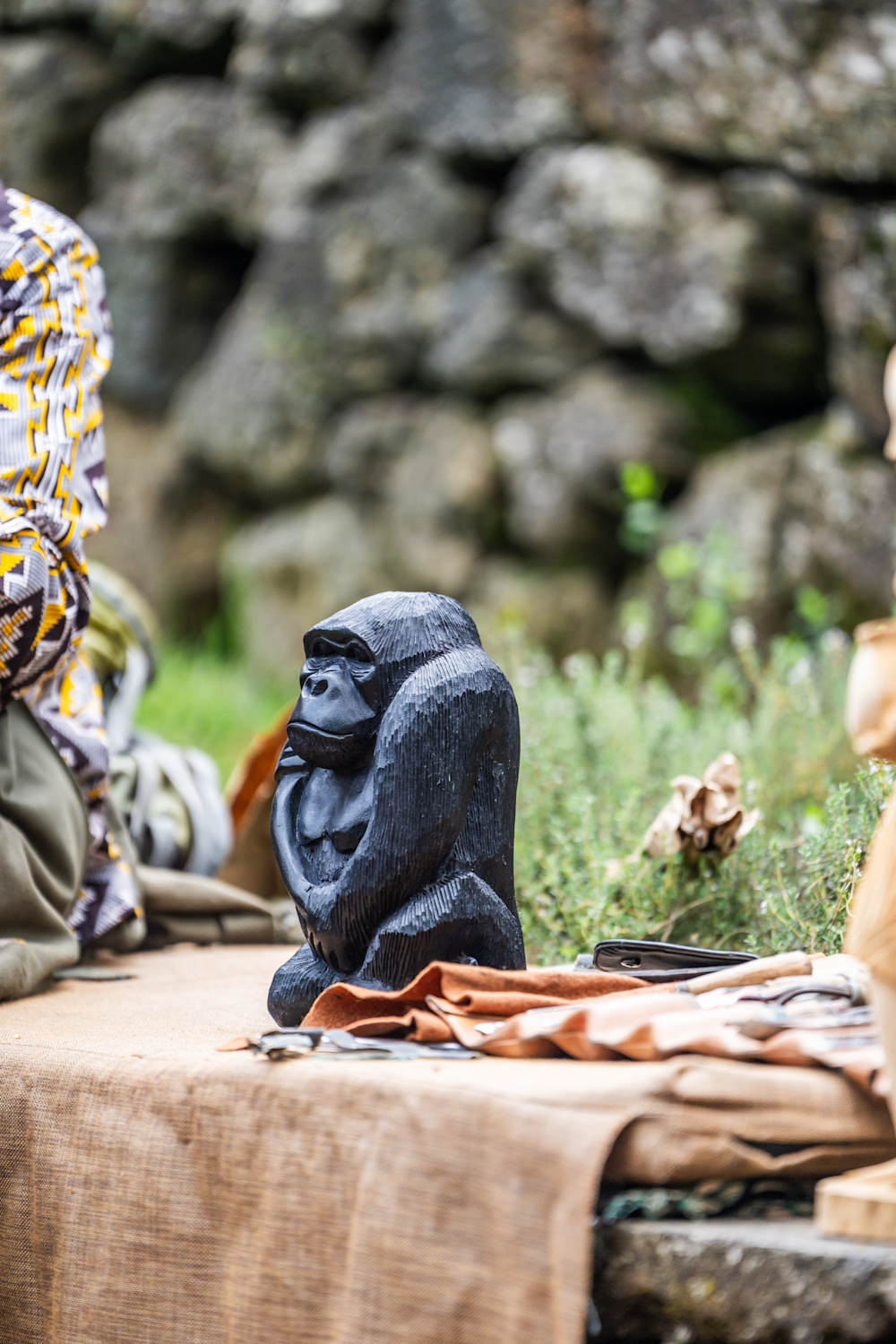
Along with traditional household items, Theodore sculpts decorative pieces that tell the stories of Rwandan landscapes and folklore
Continuously honing his craft
Growing up, elders in his family followed this same profession to make a living. This inspired him and he feels lucky to have acquired these skills while he was still young. “I always found artwork from wood carving so beautiful to look at and I made a vow to learn the skills,” he says. As with most forms of art, Kagame believes that mastering one’s craft requires love and commitment.
He says, “You can’t learn to do something when you don’t love or enjoy it. When you have passion for it, you will have the zeal to learn and master it. And when you get someone to teach you, that’s even better."
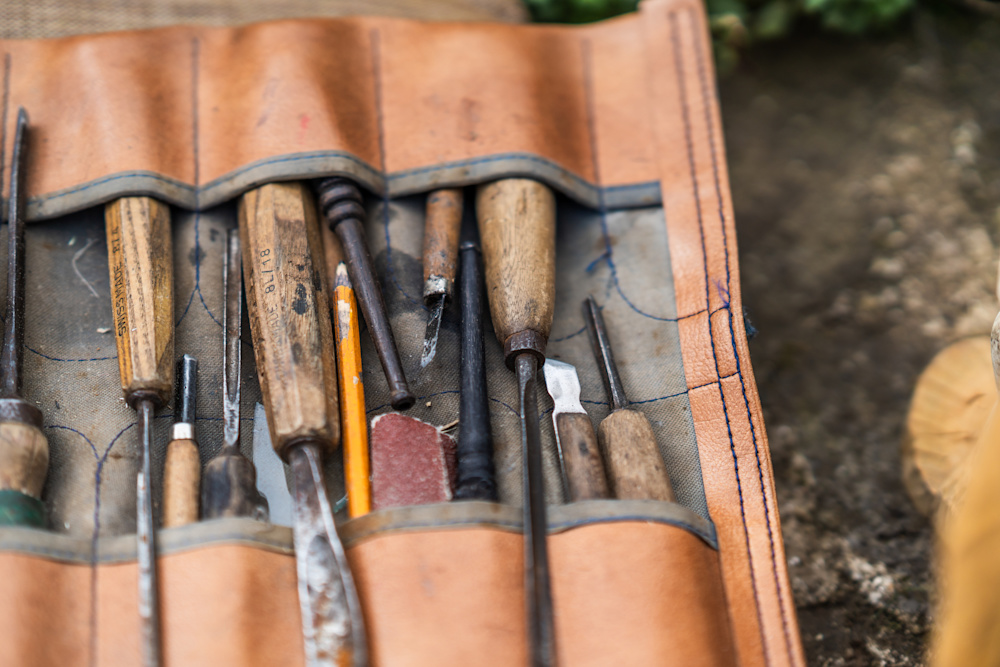
Theordore believes the key to mastering a skill is passion, and a deep love for your craft
Inspired by local culture & landscapes
His work started with the local community co-operative back in 2018, along with other community members who work within the Akarabo Nursery. He says that most guests like gorilla sculptures, for obvious reasons – the property's unique location means it shares a 1.2km boundary with Volcanoes National Park, home to the endangered mountain gorilla.
His work has been a beautiful addition to the other products displayed at the nursery, such as Umushanana (typical Rwandan-inspired clothing), handbags, jewellery, and baskets, which are popular with guests.
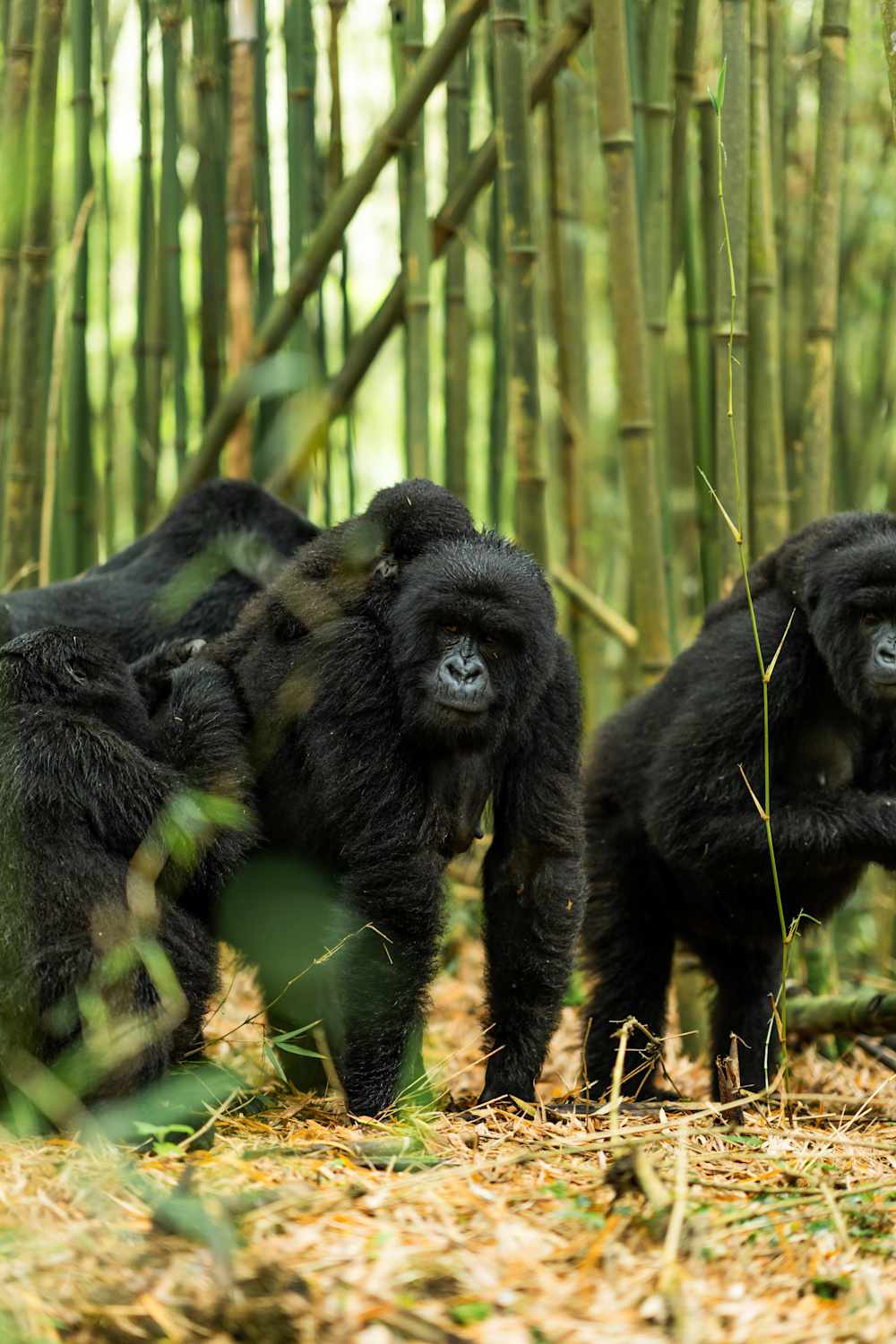
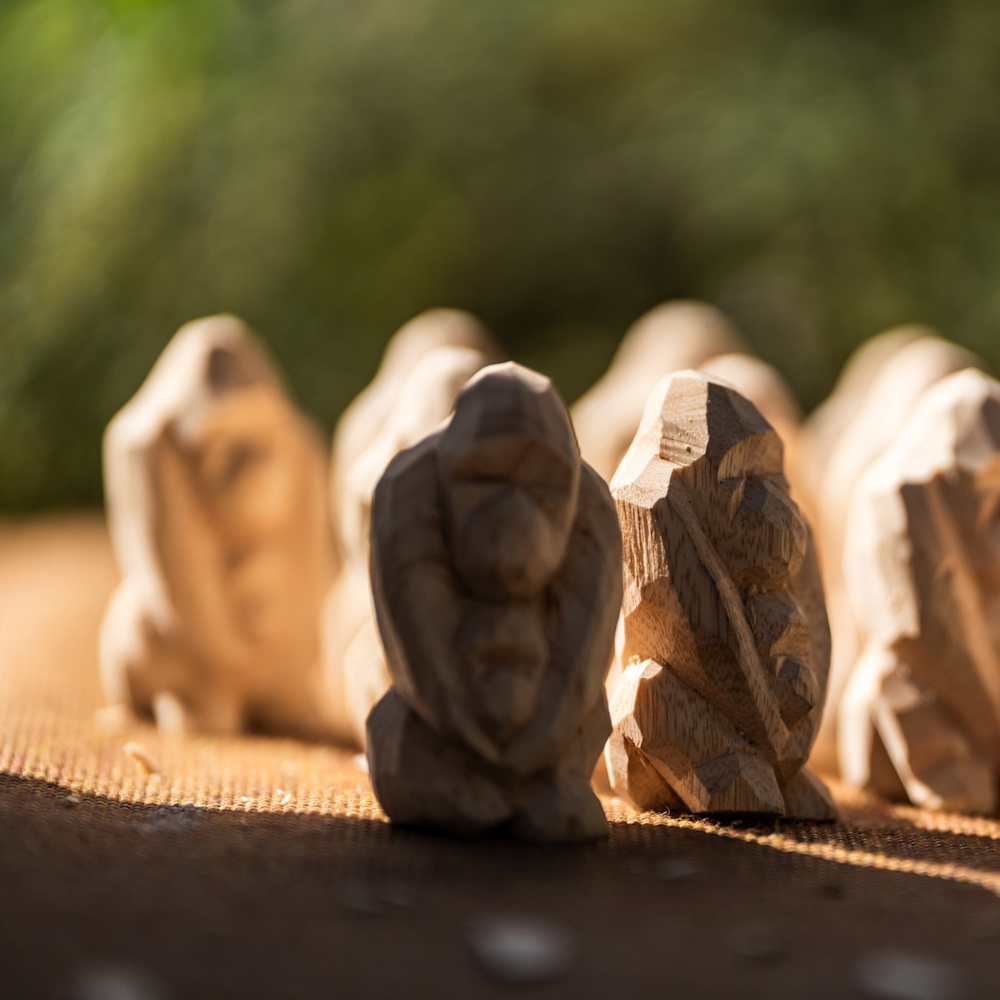
Theodore takes pride in sharing some of Rwanda's beauty and skill with guests visiting from all over the world
Sharing Rwandan skills with the world
Theodore shares his talent with guests from all over the world and they often want to know the story and symbolism behind the pieces he carves. “Each item is made with my hands and visitors take them home to different countries – this makes me realise that my work is not done in vain. Even if they don’t buy something, they recognise my work and the skill in it, and that alone motivates me.”

The Akarabo Nursery provides a base from which a community of craftspeople can work and share their creations with a global audience
A supportive community of craftspeople
The Akarabo Nursery has provided a platform to help Kagame achieve his dream of sharing his craft with many people around the globe. It is also home to the Amizero co-operative that gives women in the region opportunities to learn the skills of tailoring, embroidery and weaving and sell their goods alongside works by other artisans, including Kagame.
His future plans include improving his skills by seeking further training. He also hopes to transfer his skillset to young artists who are interested in joining his profession. “Working with others makes me part of a community. There is a lot we learn from each other,” says Kagame.
